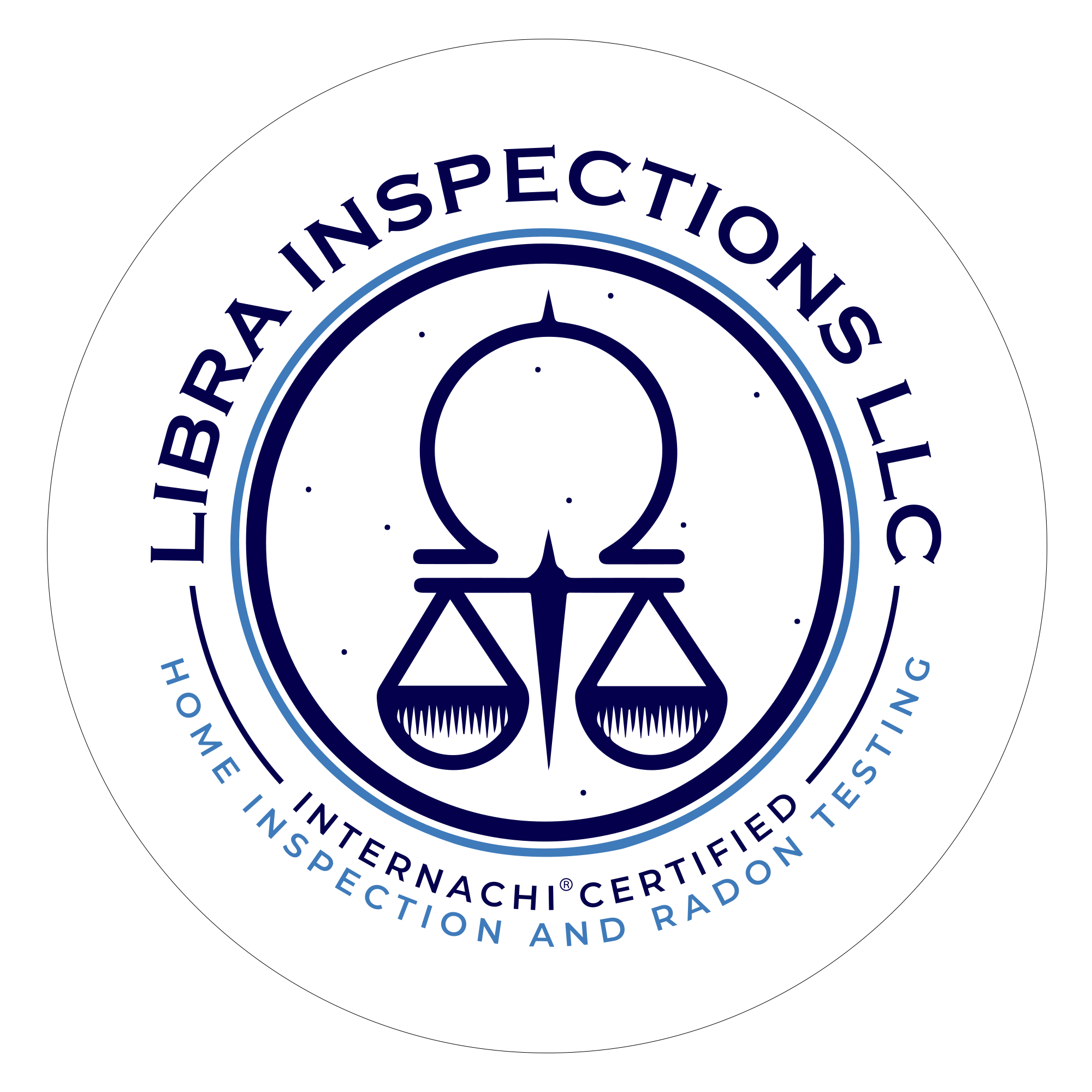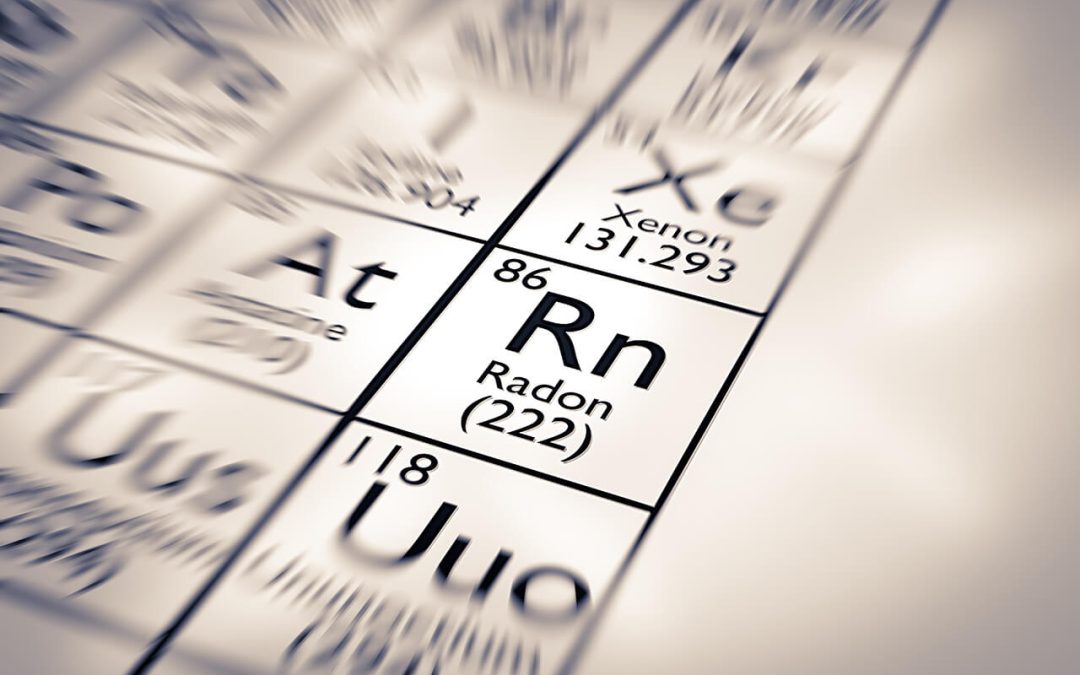Radon is a naturally occurring radioactive gas formed in the earth’s crust. It can seep into buildings through cracks in the foundation and may accumulate to dangerous levels if not adequately ventilated. As a homeowner, it is important to understand the risks associated with exposure and take the necessary steps to protect your family. Here are a few important things to know about radon in the home.
What is Radon?
Radon gas is colorless, odorless, and tasteless. It is a byproduct of the breakdown of uranium in the soil. It can be present in any home but at varying levels depending on the geographic location, the type of soil, and the building’s construction. Radon seeps up through the ground and can enter a home through cracks in the foundation, gaps around pipes, or other utility openings.
Why is Radon in the Home Dangerous?
Radon is a known carcinogen and is the second leading cause of lung cancer in the United States. According to the Environmental Protection Agency (EPA), this gas is responsible for approximately 21,000 lung cancer deaths each year. Radon is especially dangerous for smokers, as smoking combined with radon exposure significantly increases the risk of lung cancer.
Testing for Radon Gas
Testing for radon is the only way to verify it is present in your home. For best results, hire a professional to conduct the test. A trained professional will know how to perform the test and how to interpret the results.
Dealing with High Levels of Radon in the Home
If your home has high levels of radon, there are several steps you can take to reduce your exposure:
- Install a radon mitigation system to remove the gas from your living spaces. The system typically consists of a fan and a series of pipes venting the gas outside the house.
- Sealing cracks and crevices in your foundation, walls, and floors can help prevent radon from entering your home.
- Increasing ventilation in your home will dilute the concentration of the gas.
- If you are building a new house, use radon-resistant construction techniques, including installing a vapor barrier, vent pipe system, and sealing cracks and gaps.
As a homeowner, it is important to understand the risks associated with radon exposure and take the necessary steps to protect your family. Testing for this harmful gas is easy and affordable, and if your home has high levels of radon, there are several mitigation techniques to reduce your exposure.
Libra Inspections offers inspection services, including radon testing, to customers in Central Illinois. If you’re buying or selling a home, contact us to schedule our services.

